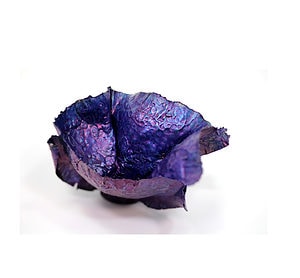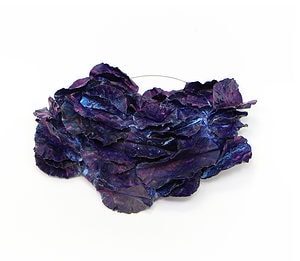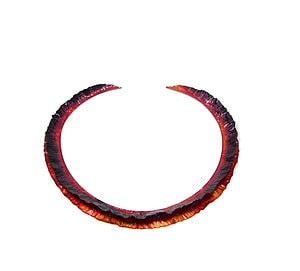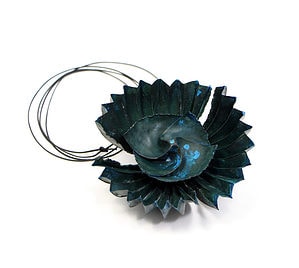 Ariel Lavian—born in 1983, Israel—graduated from Bezalel Academy of Art and Design in 2012 (BFA, Fashion and Jewelry Department), followed by a master’s degree in conceptual design, in 2016, also at Bezalel.
Ariel Lavian—born in 1983, Israel—graduated from Bezalel Academy of Art and Design in 2012 (BFA, Fashion and Jewelry Department), followed by a master’s degree in conceptual design, in 2016, also at Bezalel.
Since 2017, he has been a lecturer at Bezalel Academy of Art and Design. Lavian has exhibited in numerous solo and group exhibitions around the world. His designs have been acquired internationally, both by private collectors as well as by selected museums, including the SCAD Museum of Art, Savannah, Georgia, US; and the Design Museum, Holon, Israel. Since 2018, Lavian has been the AJF Ambassador for Israel. In 2019, he received the Design Award from the Ministry of Culture, Israel. In 2020, Lavian won second place in Venice’s Design Week in the jewelry selection and the galleries award, and he was nominated for both the prestigious Friedrich Becker Prize and KOGEI Award. In 2021, Lavian won the Milano Jewelry Week award at RJW. In 2022, he founded the Biennale of Contemporary Jewelry – Israel.
Check out Ariel Lavian’s Maker PDF in AJF’s Library. It’s a convenient one-page fact sheet.
Copper, sterling silver, 48 x 95 x 101 mm
Photo: Chen Lavian
Copper, 150 x 141 x 68 mm
Photo: artist
Copper, stainless steel, 79x 111 x 39 mm
Photo: artist
Copper, 285 x 254 x 28 mm
Photo: artist
Copper, sterling silver, 104 x 164 x 165 mm
Photo: artist
Copper, polyester rope, 44 x 90 x 90 mm
Photo: artist
Sterling silver, copper, polyester rope, 44 x 120 x 116 mm
Photo: artist







